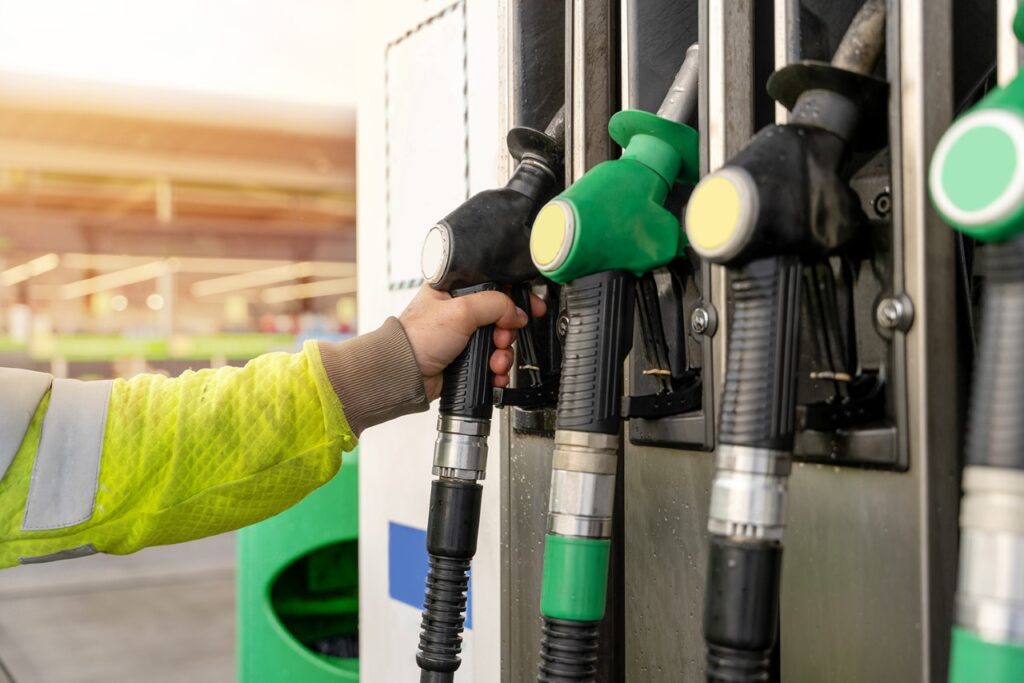The Automobile Association has issued guidance on the use of the new E10 petrol blend, which is now on sale across the country and which is set to replace E5 fuel by July 1st.
What is E5 and E10?
The number refers to the percentage of ethanol in the fuel blend, in this case, petrol. E5 is made up of up to 5% renewable ethanol, and E10 is made up of up to 10%. Bioethanol is a type of alcohol that can be manufactured from plant waste such as sugar beet and wheat. The increase in bioethanol in petrol to E10 is one of several measures taken by the Government towards achievement of 51% reduction in transport carbon emissions by 2030, as set out in their climate action plan.
So why should we care?
Well, for the most part, we don’t need to. The vast majority of cars in Ireland will run on this fuel with no discernible difference. Drivers may experience a small reduction in fuel economy, but not by much. But otherwise, for most people with cars 20 years old or younger, there is no cause for concern.
Some owners will need to pay closer attention
“Some owners do need to pay attention,” says AA Ireland Head of Communictions, Paddy Comyn. “But it isn’t the doomsday scenario painted in some quarters. Over on the AA Website, you will find a list of cars that are potentially not perfectly compatible with an E10 fuel blend. These include a handful of FSI engines from the Volkswagen Group, some older Renault models, and some old Alfa Romeos and Fiats but beyond that, not much to worry about and even when we contacted these manufacturers, they told us that the cars will run fine on E10, but you might need to keep a closer eye on some components during the regular service.”
Classic car owners do have legitimate concerns for a few reasons. The higher the ethanol blend, the less old cars like it. Ethanol is hygroscopic, which means that it absorbs water from the atmosphere. And that water, in turn, can find its way into your car. It can lead to condensation in fuel tanks, fuel lines and carburettors and cause corrosion in brass, copper, lead, tin and zinc components.
Ethanol is also a solvent, and can eat through rubber, plastic and fibreglass, so hoses and seals are likely to perish more quickly because of the higher concentration of ethanol in E10. For now, classic car owners are advised to potentially look at replacing fuel lines and other components that might suffer through prolonged use of E10. Users of older motorbikes should also be cautious. The same is true of many older petrol lawnmowers.
“There are additives on the market – such as Wynn’s E10 Protector, The AA isn’t sure yet if these work, but they are sold in many motor factors for around €15, and this will get you around five tanks worth.They promise to counteract any negative effects E10 might have on older vehicles. Even brands like Ferrari told us that they have no huge concerns over E10 once the owners are aware that there might be some more attention to be paid during service intervals,” adds Comyn.
Is there a major cause for concern?
So is there a major cause for concern? “We would say no. If you service your car regularly and don’t leave it sitting idle for long periods of time, even cars which haven’t been homologated for E10 should be fine. If you have a classic car or motorbike that you intend to leave idle for longer spells, draining the fuel tanks could be advisable before storing,” says Paddy Comyn.
Initially, the blends of E10 on sale are likely to be quite low in ethanol, as legislation dictates that E10 fuel must consist of at least 5.5% ethanol to qualify as E10. If you have a concern, speak to your dealer or technician, who will advise, and you can check out www.theaa.ie/E10


